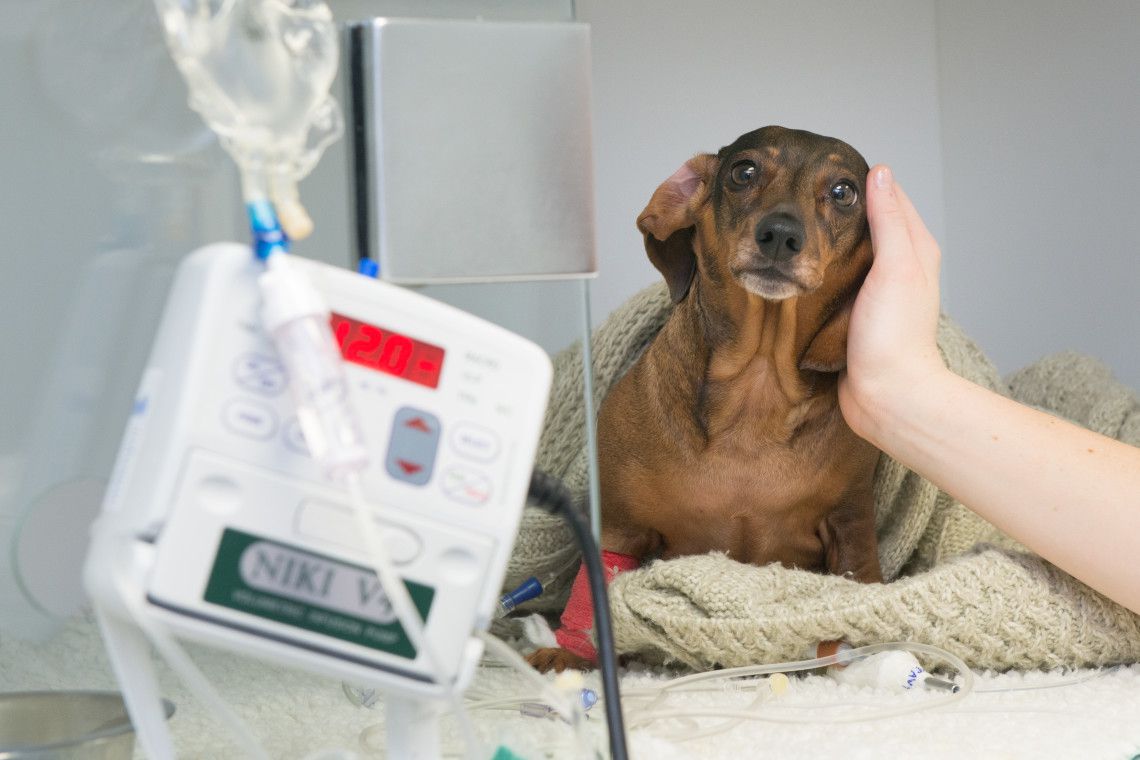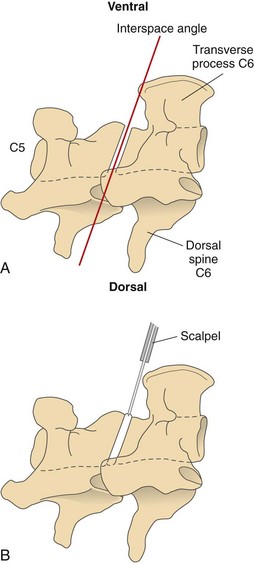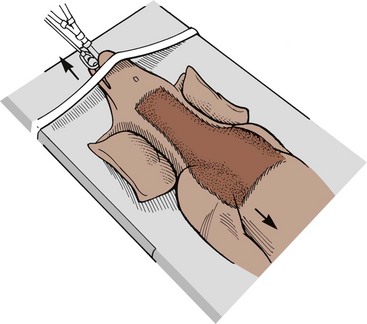
AE occurred in 9.9% of dogs that had VSD, and were significantly associated with perioperative hypotension, C7-T1 disc extrusions, surgeon experience, and NSAID usage. Identification of a major postoperative AE is an indication for immediate diagnostic imaging studies, as 50% of dogs experiencing ma. For the majority of disc herniations in the neck, the disc material is removed by drilling a hole from underneath the disc (called a ventral slot). Surgery is successful in the majority of dogs with acute disc herniations (success rate of approximately 90 percent in dogs who still feel their toes).
What to expect when your pet has neurosurgery with BVNS
Neurologic conditions can be rapidly progressive and in some cases the time between injury and surgery can be the difference between
walking and permanent paralysis, or even life and death. Advanced equipment, and highly trained, experienced staff are needed for these
delicate and complicated surgeries. The emergent nature and intricacy of these procedures can be very stressful for the dog and cat and for
the family that cares for them.
Please know that your pet is in the most caring and capable hands here at BVNS. We want to make this process as stress-free as possible.
While not all the information may apply to your pet specifically, it is our hope that this information will answer your questions and reduce
your stress level during this difficult time. We encourage you to please ask questions at anytime and let us know what more we can do to
make this process easier for you.
Before Surgery
Food should be taken away 12 hours before surgery (usually after 10pm the night before), but water is fine. Please bring all medications with you in their labeled prescription bottles the morning of your appointment.
Ventral Slot Surgery Dog Complications Recovery
Disk Surgery
The goal of surgery is to remove the disc material that has “slipped” and is pressing on the spinal cord and/or nerve root, which is
causing pain and/or weakness. In general, a ventral slot procedure is done to remove a herniated disc in the neck and a
hemilaminectomy is done to remove ruptured disc material in the back.

A fenestration may be performed at the remaining disc spaces that are thought to be at risk for herniation. This procedure involves
cutting a window in the outer fibrous rim of the disc, followed by extraction of the calcified or dehydrated center. This can reduce
recurrence of clinical signs of disc disease, while allowing normal motion and pain-free movement following surgery.
Other Surgeries Performed by BVNS
- Routine and emergency brain surgery for tumors and traumatic injury
- Foramen magnum decompression for caudal occipital malformation
- Ventricular peritoneal shunt placement for hydrocephalus
- Spinal cord tumor removal
- Decompression, culture, and biopsy of infectious disease processes
- Muscle and nerve biopsy
Hospitalization
The in hospital recovery period typically lasts 1-3 days. Recovery is predicted by the duration of the problem, neurologic function going into surgery, and findings on MRI or CT. After surgery, your pet generally requires supportive care which may include intravenous pain medication, muscle relaxants, stomach protectants, fluids, and occasionally anxiety medication. Your pet my also need help eliminating. Animals are discharged from the hospital once they are eating and urinating on their own and comfortable.
Communications
We will make every effort to show you and explain the results of the advanced imaging tests before surgery is performed. In the event of an emergency procedure we may not be able to review the images with you prior to surgery.
Patient Care During the Day
A full neurologic examination is performed first thing in the morning on all hospitalized patients and during the day your pet is cared for by the licensed veterinary technicians. Once examined, you will be updated as to your pet’s progress. You should expect a call with an update on your pet both by late morning after examination.
Overnight Care
Overnight, the staff of the emergency and critical care department will be caring for your pet. They are under the direct supervision of an experienced veterinarian and a BVNS neurologist or resident neurologist is always available to them by phone. You can get an update on your pet during their overnight stay with the emergency and critical care department at:
BluePearl Specialty & Emergency Pet Hospital (Rockville) at 301.637.3228.
The LifeCentre (Leesburg) at 703.777.5755.
BluePearl Richmond at 804.716.4700.
Regional Veterinary Referral Clinic (Springfield) at 703.451.8900.
BluePearl Cherokee Veterinary Emergency and Referral Center (Woodstock/Atlanta) at 678.909.1700.
The First Two Weeks Following Spinal Surgery
Your pet will require medications and occasionally nursing care and physical therapy at home to assist in their recovery. During this recovery period, your pet’s weakness, tenderness, or discomfort will slowly improve. The first few days at home you may notice that your pet may urinate and defecate less frequently, seem sore, and not eat and drink as well as before surgery. All medications should be given as prescribed. Please call if you have any questions about medications.
For the first two weeks following surgery please keep your pet crate rested. This means no running, jumping, twisting, turning, or stairs, no playing with housemates, and very limited walking. It is advised that you confine your pet to a playpen or crate and carry them outside for short, leashed walks to eliminate.

A neck harness is required for pets that have had neck surgery and is recommended for ones that have had back surgery as well. A sling can also be useful to provide stability and support until the limbs are fully functional.
The Period Between Two and Six Weeks After Spinal Surgery
We ask that you return about 10 to 14 days following surgery so we can remove the staples, evaluate your pet’s progress, and initiate a walking program consisting of progressively longer leashed walks. Please call about 5 days after surgery with an update and to schedule this no-charge appointment.
We ask that you return again at 6 weeks following surgery for a 6-week post-opertative examination. After this time, your pet can slowly return to normal activity. If your pet becomes painful or weak, restart crate rest and please call us.
Rehab
At home rehab might include hot and cold packs to the incision, or massage and range of motion exercises. If additional therapy is needed, we will refer you to a rehab facility. Please ask us for referral information.
Communicating With Your Veterinarian
Your veterinarian will receive a summary of the consultation, diagnostic tests, and surgery, and updates by phone, fax, or mail.


Ventral Slot Surgery Dog Complications Symptoms
Please call us, your primary care veterinarian, or your local ER if your pet:
Ventral Slot Surgery Dog Complications Icd 10
- Vomits
- Is unwilling to eat or drink for 24 hours
- Has black or persistently loose stool
- Becomes weaker or more painful
- Is extremely lethargic
- Has redness, heat, or pain around the incision
- Has not urinated for 24 hours, is persistently dribbling
- urine, or has a foul-smelling or dark-colored urine
- Has not defecated for 5 days